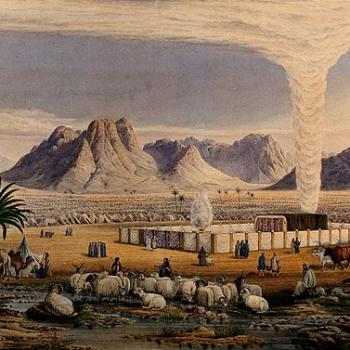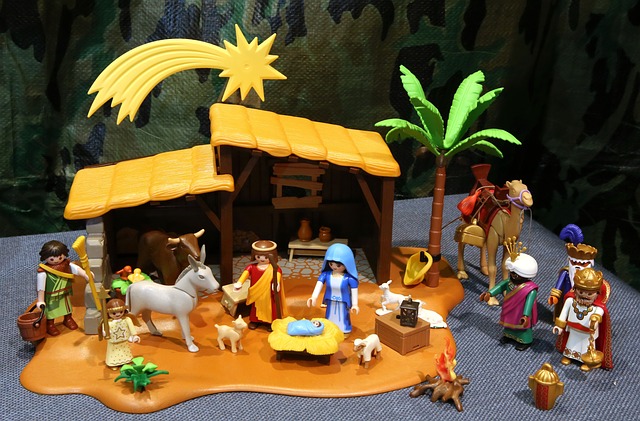
The Town’s Location
Familiar verses in Luke 2 state that Mary and Joseph traveled from Nazareth in Galilee to Bethlehem in Judea. Their journey covered about seventy miles and likely took four or five days. The little town of Bethlehem, in the Judean hills, sat about five miles south of Jerusalem. The path followed by the couple was likely an ancient road which began in the port of Beersheba running north to the Judean hills through Bethlehem and on to Jerusalem.
Bethlehem still stands today, although more familiar place names describe its location. Situated in the West Bank, the town has been controlled by the Palestinian National Authority since 1995. Tel-Aviv and the Gaza Strip are to the northeast and southeast, respectively, on the coast.
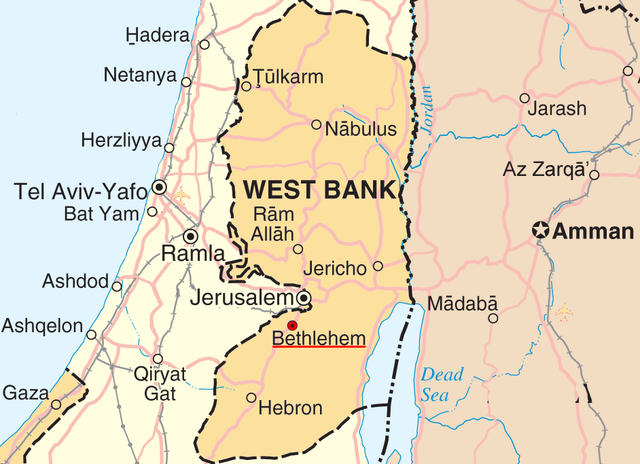
Biblical Bethlehem’s Name
In Hebrew, the town’s name, Bet Lehem, means “house of bread.” Biblical references to Bethlehem also call the town Bethlehem-Judah and, such as in Micah 5:2, Bethlehem Ephrathah. Traditionally, Ephrathah was understood to mean “fruitful” or “abundant.”
Both Ephrathah and Bethlehem likely refer to the fertile nature of the area. Slopes of the hills surrounding Bethlehem, along with adjacent fields, offered fertile land for growing wheat and barley. grains used to make bread. Terraced groves of olive trees also sat on these slopes, and the abundance of natural brush made an ideal location for shepherds to graze their flocks of sheep. With sloping hills containing caves situated around Bethlehem, shepherds often used caves while watching their flocks.
The History of Biblical Bethlehem
Although best known for being the birthplace of Jesus, Bethlehem existed long before that time and played roles in various biblical events. Members of the family of Caleb, a leader of the Israelites along with Joshua, settled in Bethlehem. In fact, 1 Chronicles 2:51 identifies Caleb’s son Salma as the town’s “father” or founder. Rachel, the favorite wife of Jacob and the mother of Joseph, died near Bethlehem as recorded in Genesis 35:19. Bethlehem provides the setting for most of the book of Ruth. The prophet Samuel traveled to Bethlehem, where David lived, in search of the new king and anointed David there. Bethlehem, the birthplace of David, was referred to as “the city of David” by the angels who appeared to the shepherds out in the field at Jesus’ birth.
Bethlehem’s Size
Micah 5:2 refers to the small size of Bethlehem. In fact, the town was so little that it fails to appear in the registry of towns listed in Nehemiah 11 and Joshua 15.
Despite its size, Luke’s gospel refers to Jesus’ birthplace as offering an inn which had no room for Mary and Joseph. How could such a bitty place sustain an inn for travelers? The presence of that ancient road spanning from the port at Beersheba to Jerusalem via Bethlehem could offer an explanation. The town didn’t serve as a destination but merely a stopover on the way to/from the city of Jerusalem on a well-traveled route.
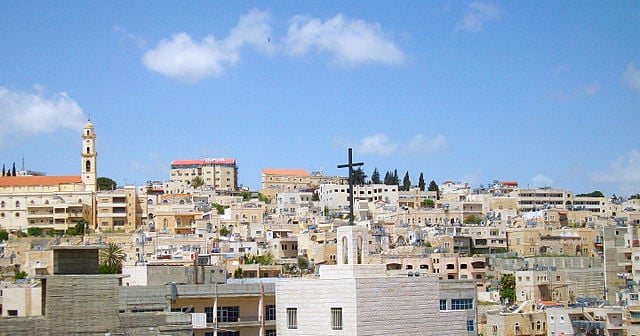
Modern Bethlehem
Jesus’ birth in Bethlehem forever put the place on the map and in the minds of people everywhere. Today, the town is a popular tourist-destination with a tourist-driven economy. Its population soared to over 28,000 by 2017.
With no Baby Jesus to see, why do tourists flock to Bethlehem? The Church of the Nativity, which stands in the center of Bethlehem and forms a part of Manger Square, serves as the main draw. But no one will find a stable at this location. Instead, a cave or grotto beneath the church is identified as the site of Jesus’ birth. Constantine the Great ordered the erection of the church at this spot around 330 AD, giving a nod to second century St. Justin Martyr who pointed to a cave close to Bethlehem as the actual place where Mary gave birth.
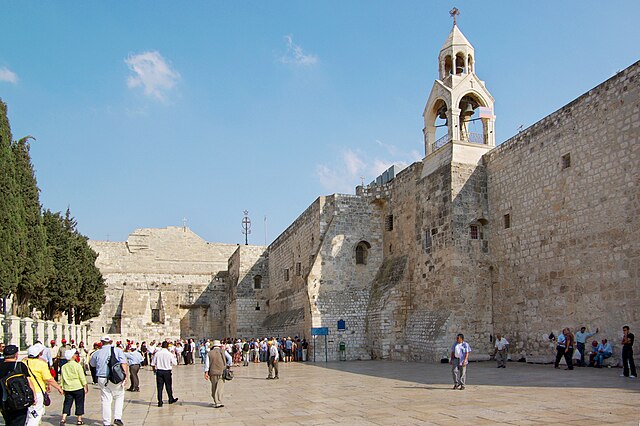
Bethlehem Basics
Learning more about the town of Jesus’ birth makes the beautiful account in Luke 2 come alive. Additional facts and insight help believers visualize the location and what went on there. Shepherds did indeed work in the area tending their flocks by day and by night. And their use of caves while doing this work may change our view of Jesus’ manger being in a stable as the Church of the Nativity’s location above a cave indicates. But most importantly, basic facts about biblical Bethlehem support the truth of this story which believers take on faith.










